The Hohner Super Chromonica is a chromatic harmonica designed for professional players who demand top-notch performance and versatility. This legendary instrument features 12 holes, 48 reeds, and a three-octave range, allowing you to play various music styles and genres easily.
The Super Chromonica’s body is made from high-quality pearwood, giving it a warm, rich sound that stands out among other harmonicas. The reed plates are constructed from durable brass, ensuring a long-lasting instrument that can withstand the rigors of regular use.
One of the most notable features of the Hohner Super Chromonica is its slider button, which enables you to shift between keys effortlessly. This functionality is especially beneficial for players who want to experiment with different keys and scales, making the Super Chromonica an excellent choice for jazz, classical, and other complex music styles.
The Hohner Super Chromonica is also well-regarded for its smooth, responsive action and excellent intonation, allowing for precise and expressive playing. Its comfortable, ergonomic design makes it easy to hold and play for extended periods, ensuring a pleasant playing experience.
Its rich history and reputation as a professional-grade instrument set the Hohner Super Chromonica apart from its competitors. For over a century, Hohner has been a leading brand in the harmonica world, and the Super Chromonica is a testament to their commitment to quality and innovation.
What are our favorite features?
- Professional-grade performance
- Versatile chromatic design
- High-quality materials and construction
- Smooth action and excellent intonation
- Renowned brand reputation
What could be better?
- Higher price point
- It may not be suitable for beginners







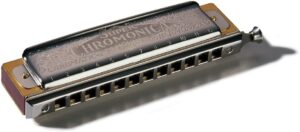
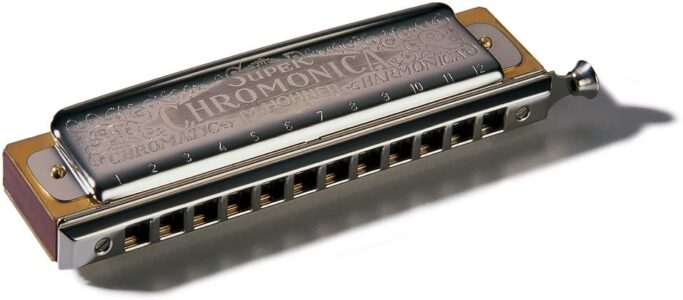
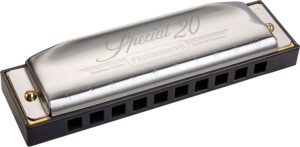
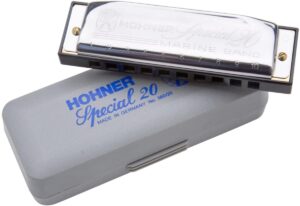

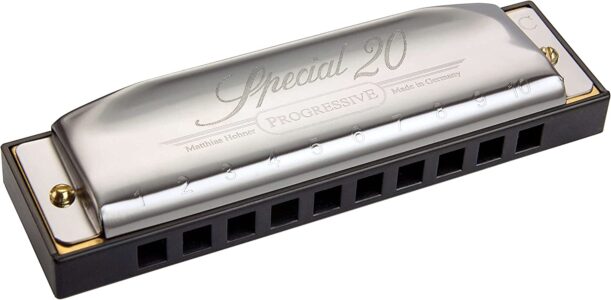
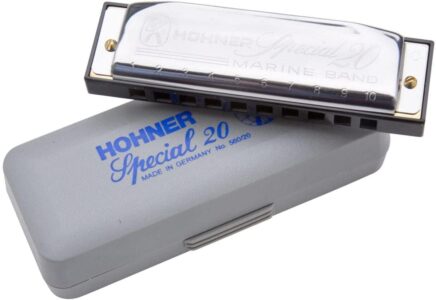

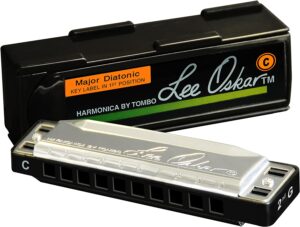
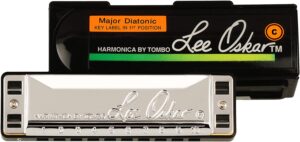
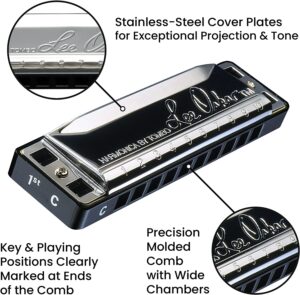
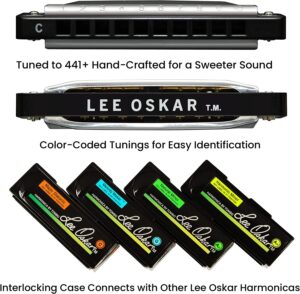
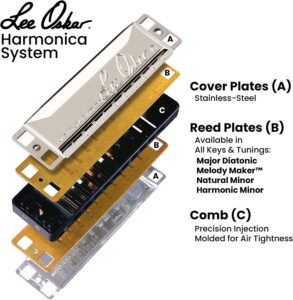
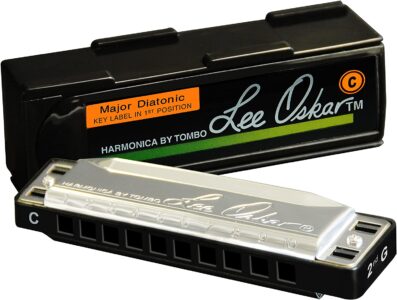
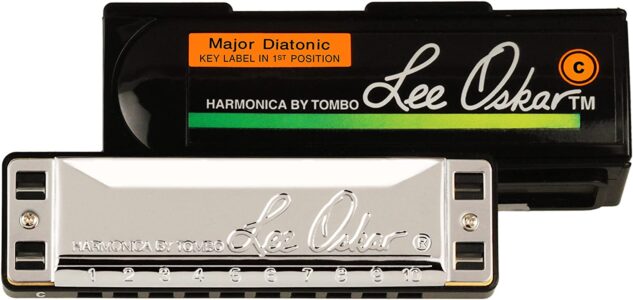
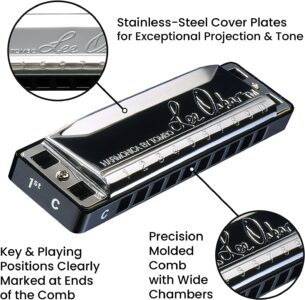
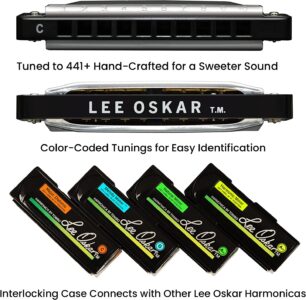
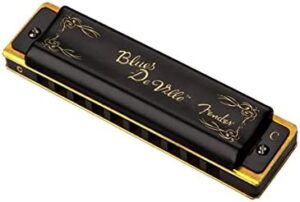
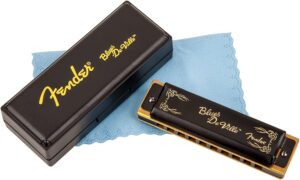
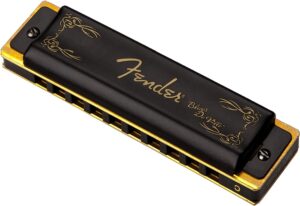
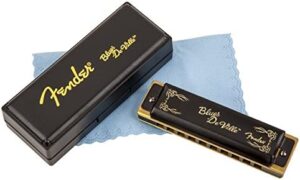

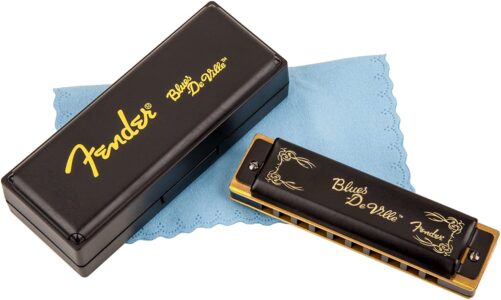
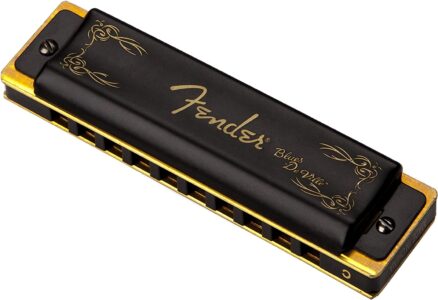
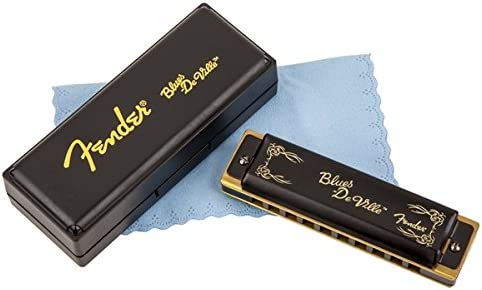
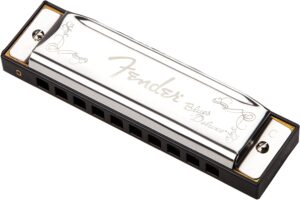
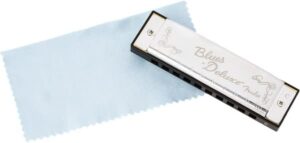

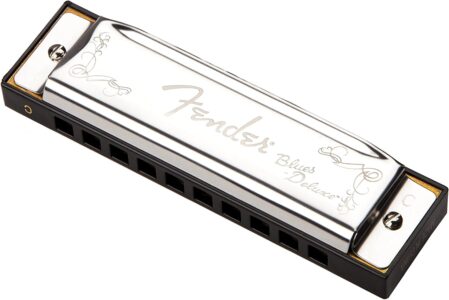
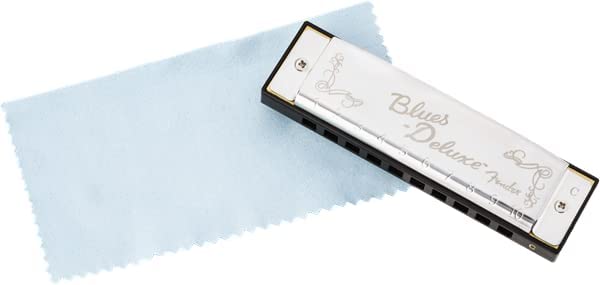






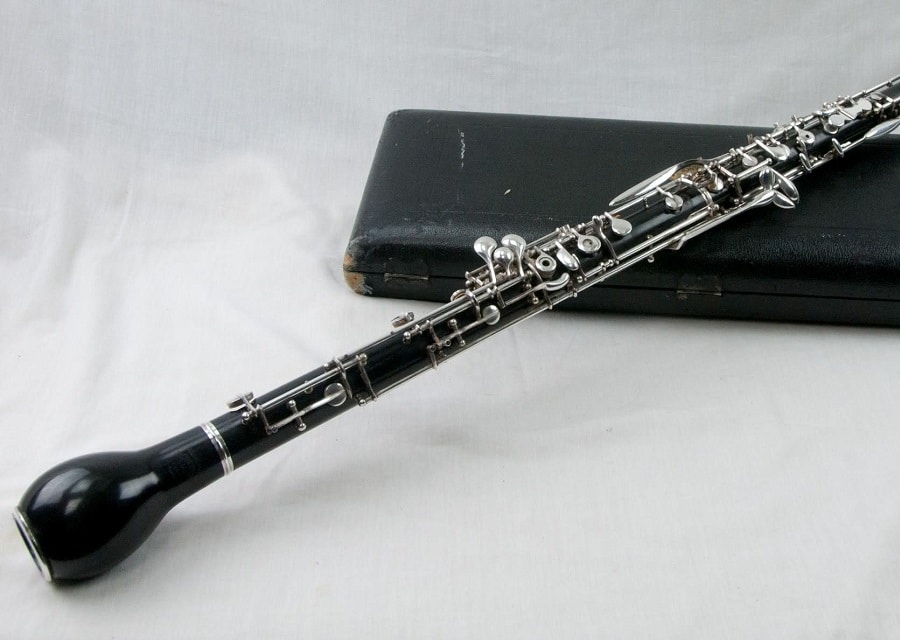
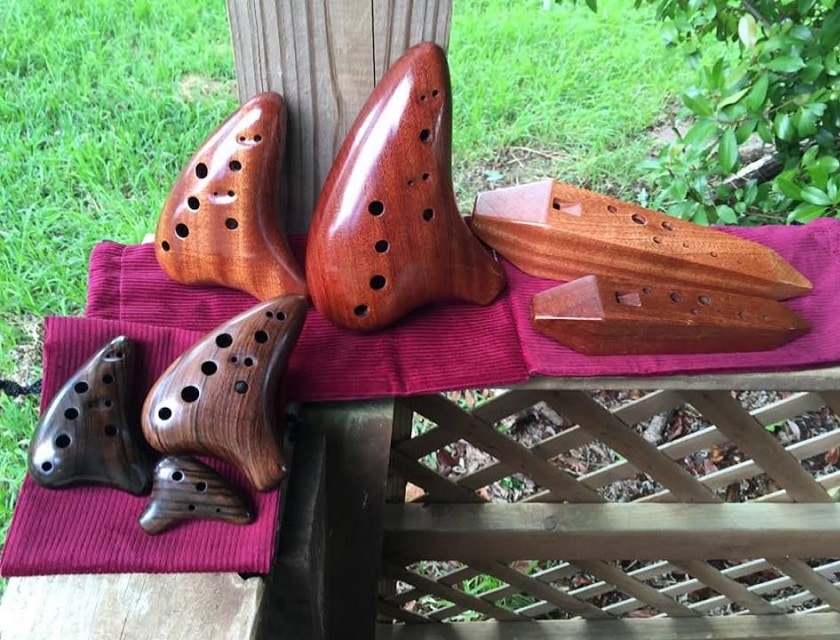
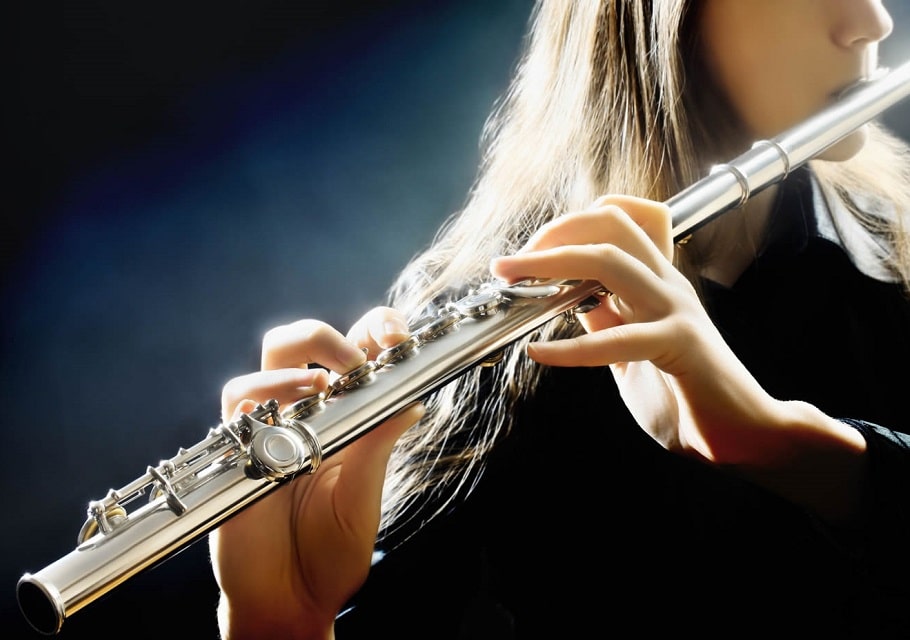


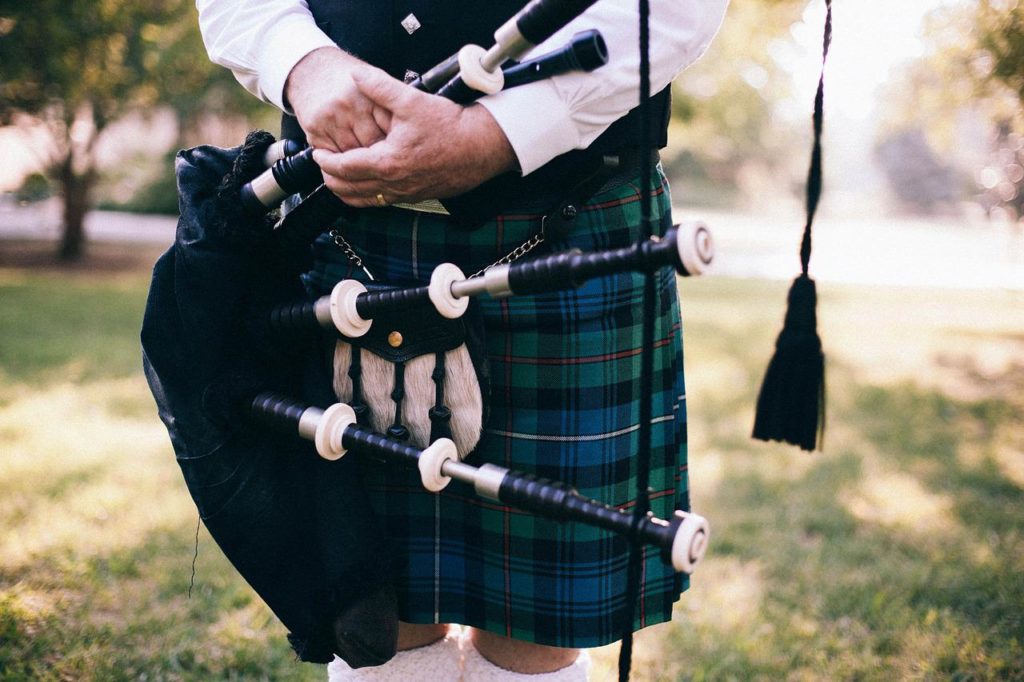
Hohner Special 20 is a great one